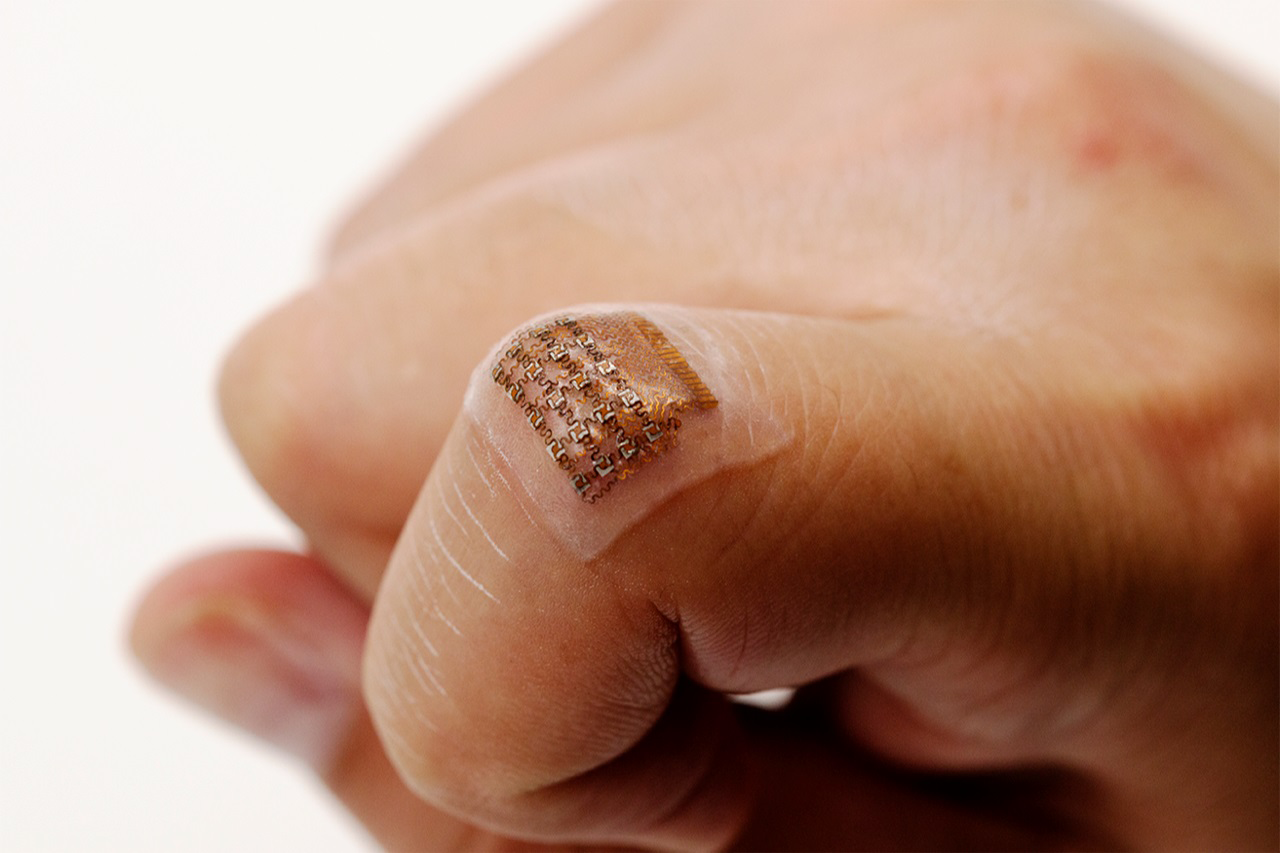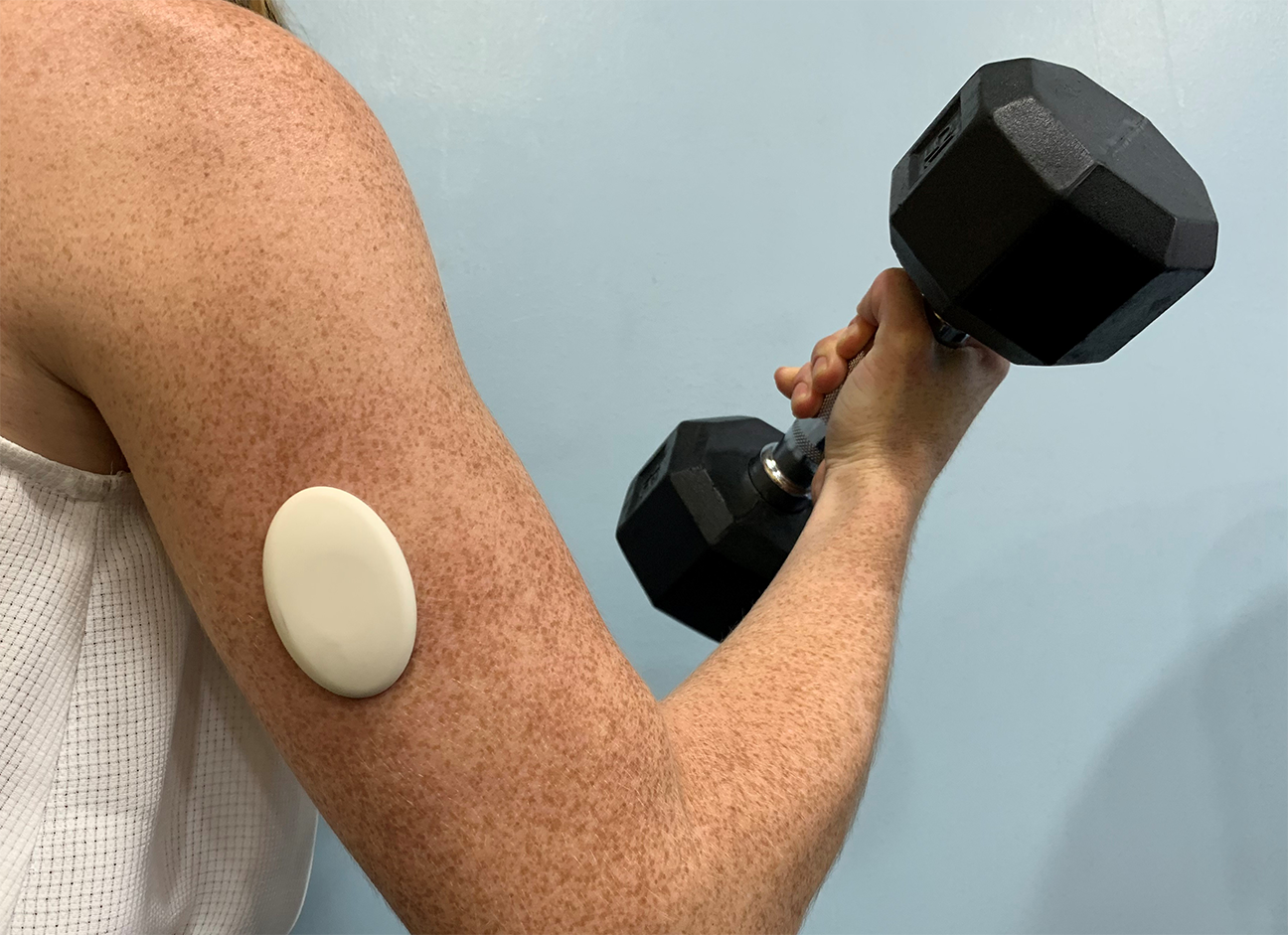WRIGHT-PATTERSON AIR FORCE BASE, Ohio (AFRL) – The Nano-Bio Materials Consortium, or NBMC, led by the Air Force Research Laboratory, or AFRL, in partnership with Semiconductor Equipment Materials International, or SEMI, has publicly released a request for proposals for dual-use projects designed to accelerate innovations, also known as Smart MedTech. Smart MedTech encompasses the field of human performance monitoring and augmentation and is one of four initiatives chosen as key drivers of electronics development and market growth by SEMI, representing the electronics manufacturing and design supply chain.
Industry and academic investigators, manufacturers and developers in the Smart MedTech supply chain are encouraged to review the request for proposals, or RFP, at https://www.semi.org/en/communities/nbmc for more information and to respond in a two-stage process. In the first stage, proposals, also known as white papers, are to be submitted no later than by June 5, 2023, at 5 p.m. PDT. In the second stage, the authors of selected white papers will be invited to submit full proposals by Aug. 18, 2023. Award notifications will be issued by approximately Sept. 22, 2023.
AFRL has provided primary funding for the approximate $4.5 million 2023 call for projects as part of its mission to address key capability and technology gaps in support of human performance monitoring and augmentation. Program managers based in AFRL’s Materials and Manufacturing Directorate’s Biomaterials branch will provide project leadership and oversight and will play a key role in proposal selection. Proposals should outline ways to advance human performance and augmentation through innovative solutions in wearable, transdermal, subcutaneous and textile-based sensor technology.

A soft ultrasonic patch that continuously measures blood pressure waveforms was a project previously developed by the Nano-Bio Materials Consortium, or NBMC, in collaboration with the University of California San Diego. The NBMC, led by the Air Force Research Laboratory, or AFRL, in partnership with primary contractor Semiconductor Equipment Materials International, or SEMI, has publicly released a request for proposals for dual-use projects designed to accelerate innovations in Smart MedTech, a field that encompasses human performance monitoring and augmentation. AFRL has provided approximately $4.5 million in primary funding for the 2023 call for proposals as part of its mission to address key capability and technology gaps in the Smart MedTech arena. (U.S. Air Force photo / Mary Pacinda)
To learn more about the RFP, interested parties may join the NBMC “Ask Me Anything” webinar May 17, 2023, at 1 p.m. EDT that will review this year’s solicitation and the proposal process, as well as provide guidance for proposal preparation and submission at https://discover.semi.org/2023-nbmc-rfp-webinar-registration.html.
The RFP encompasses five focused solicitation areas, summarized from the full RFP as follows:
Wearables/bio-signal sensing for real-time cognitive, physical state monitoring and augmentation:
- The physiological status, mental capacity and operational effectiveness of a warfighter, pilot, driver or any other working personnel in high-risk environments should be assessed and integrated with responsive augmentation (i.e., closed-loop) to avoid a mission-ending traumatic response. Systems should be on- or near-body, and capable of reliably sensing, wirelessly communicating and monitoring subjects’ cognitive and physical status in real time.
Wearable integrated sensing and edge computing:
- A balance of enabling components and/or an integrated sensing with on-module data storage (i.e., data cache) and edge computing capabilities, including artificial intelligence and machine learning, for analyzing and interpreting sensor signals collected in austere environments, such as outer space, high or very low temperature. The system shall address the likely scenario of limited or intermittently available communications while ensuring physical and network data security per government and commercial cybersecurity standards.
Human health protection/environmental monitoring and safety:
- Devices and/or integrated environmental sensor systems that can be used in various applications, such as in on-human wearables, ground-based fixed-point detectors and/or mounted on an unmanned aerial vehicle, or UAV, to monitor and prevent human and environmental health and hazards such as gas plumes, toxic chemical vapors, chemical, biological, radiological and nuclear agent exposure, water hazards, such as wastewater and underwater, and structural building, such as building, utility poles and large areas. Sensor systems should be able to multiplex detect, characterize, sustain power and be able to wirelessly, securely communicate and monitor the environment in real time and provide accurate and reliable information to decision-makers to mitigate risk.
Dermal, transdermal and subcutaneous sensors:
- Transdermal/subcutaneous sensor systems capable of multiplexed detection and assessment of biomarkers to improve performance and tailor or provide integrated treatment for warfighters. To reduce irritation, inflammation, scar tissue and foreign body response, minimally invasive biosensors should be biocompatible and non-surgically removable or resorbable. The detection and evaluation system should be minimally invasive, low-power and capable of wireless communication and real-time monitoring of the subject’s medical status.
E-textile/textile-based sensors for real-time monitoring:
- E-textile wearables should be embedded with sensors equipped with various capabilities, such as motion sensors, that can track various physiological parameters in real-time and optimize the health of warfighter, pilots or any working personnel in high-safety-risk environments to prevent safety mishaps. Wearable sensor devices that are comfortable and unobtrusive can take many forms, including but not limited to, everyday wearable clothing items such as shirts, socks, compression sleeves and gloves.
The NBMC was established in 2013 to bring together experts in electronic technology research and development for human performance monitoring and augmentation. Through 38 projects, NBMC has made significant advances in human-performance innovation with the help of over two dozen industry partners.
The consortium initially focused primarily on human performance monitoring but has since shifted its attention to improving the functionality of components and systems that are integrated with human technology. The consortium is exploring novel approaches to enhance performance augmentation, decision-making capabilities and accuracy. This is crucial to the Department of Defense’s mobility resources, as Air Mobility Command is responsible for the strategic military medical evacuation of patients and the optimal performance of their pilots and ground-based warfighters.

Wearable bio-signal sensing for real-time cognitive, physical state monitoring and augmentation, and dermal, transdermal and subcutaneous sensing are just two of the smart medical technology fields that the Air Force Research Laboratory, or AFRL, seeks to accelerate in partnership with the Nano-Bio Materials Consortium, or NBMC, and Semiconductor Equipment Materials International, or SEMI, to improve human performance monitoring and performance augmentation. SEMI, the primary contractor for this effort, is currently accepting proposals for dual-use projects designed to accelerate innovations in smart medical technology, also known as Smart MedTech, from industry and academic investigators, manufacturers and developers in the Smart MedTech supply chain. (U.S. Air Force photo / Holly Jordan)
About AFRL
The Air Force Research Laboratory, or AFRL, is the primary scientific research and development center for the Department of the Air Force. AFRL plays an integral role in leading the discovery, development and integration of affordable warfighting technologies for our air, space and cyberspace force. With a workforce of more than 11,500 across nine technology areas and 40 other operations across the globe, AFRL provides a diverse portfolio of science and technology ranging from fundamental to advanced research and technology development. For more information, visit www.afresearchlab.com.

